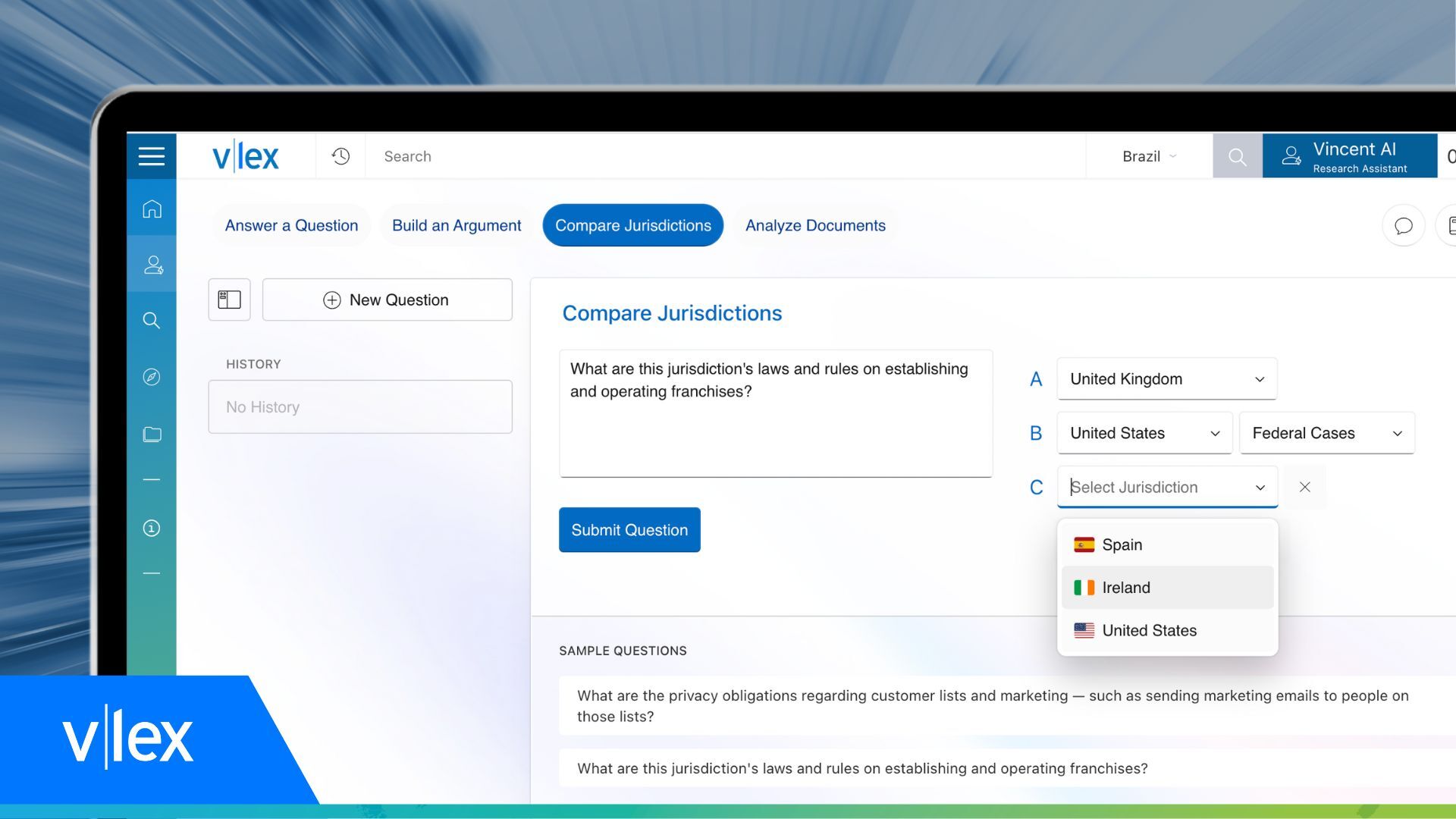Strengthening Our Foundation

William H. Neukom.
Photo by Kevin Cruff
It has been 50 years since President Dwight D. Eisenhower proclaimed May 1 Law Day. Every year since then, lawyers across the United States —and the world—have organized Law Day activities in their communities. These efforts often include providing pro bono legal assistance and performing other types of public service, such as talking to local students about civics.
All of this work, in some way, has helped educate Americans about the law, our profession and our government. But lawyers should perform pro bono and public service throughout the year; such work should not be a hallmark of Law Day. And, increasingly, Law Day has become too lawyer-centric, when it should be a time when we engage our communities on issues of mutual concern.
CORE MESSAGE RESONATES
Although Law Day rhetoric from 1958 is imbued with Cold War themes that are not relevant today, we can—50 years later—learn much from Law Day 1. In a radio address delivered on the first Law Day, ABA past-president Charles S. Rhyne described the day as an opportunity to express “our admiration and respect for the rule of law.”
Rhyne called Law Day a time “to recognize the tremendous contribution the law has made in our way of life as a promoter of our progress and as an insurer of the human rights which made that progress possible.”
Rhyne recognized in that radio address that Law Day and the rule of law are essential to a broad cross section of our communities, not just lawyers:
“It is law that brings order into the affairs of men, that enables them to lift their sights above mere survival, to accumulate possessions, to develop the arts, to pursue knowledge and to enjoy life among their fellows. Law gives the individual security that he could obtain in no other way; it protects the family and other groups organized for advancement of common interests; it permits the growth of great cities and the development of vast enterprises. In other words, it is the cement that holds our free society together.”
COMMUNITYWIDE RECOGNITION
Consistent with the first Law Day, the theme of Law Day 50 is “The Rule of Law: Foundation for Communities of Opportunity and Equity.” We will recognize that all members of a community—not only lawyers and judges—are stakeholders in the rule of law, and we will engage representatives of 15 other disciplines and professions to develop a multidisciplinary coalition in support of justice.
In coordination with the World Justice Project, about 25 states are holding multidisciplinary rule-of-law conferences in their communities for Law Day, where we will discuss the ways that the rule of law impacts all of our work and ways that we can work together to strengthen the rule of law for the benefit of all citizens.
We will also hold a showcase event in Washington, D.C., where senior representatives of each branch of our federal government will participate in a panel discussion moderated by NBC’s Pete Williams.
The audience will comprise national leaders of various disciplines and professions, and the discussion will focus on the importance of checks and balances to the rule of law and to the lives of all people in our communities.
When we speak of the rule of law, we do not mean the rule of lawyers. When we design programs to advance the rule of law, then, we must remember Rhyne’s remarks. The rule of law “is the cement that holds our free society together.” It is as essential to businesspeople, doctors, engineers, labor leaders, teachers and others as it is to lawyers.
By involving these groups in efforts to advance the rule of law, we will be more successful at strengthening the foundation that allows all of us to contribute to communities of opportunity and equity.



